Best Time for Foundation Repairs
Determining the optimal time for foundation repairs depends on several factors, including weather conditions, soil stability, and the severity of foundation issues. Typically, the most suitable periods are during mild weather when ground conditions are stable and dry, which allows for safer and more effective repair work.
Spring and fall are ideal times for foundation repairs due to moderate temperatures and less extreme weather, reducing the risk of delays.
Avoid repairs during freezing winter months or hot, dry summers, as extreme conditions can hinder repair processes and affect soil movement.
Dry, stable soil provides the best foundation for repairs. Excessive moisture or drought can complicate repair work and impact soil stability.
Minor issues can often be addressed promptly, but significant foundation problems may require scheduling during optimal weather windows to ensure safety and effectiveness.
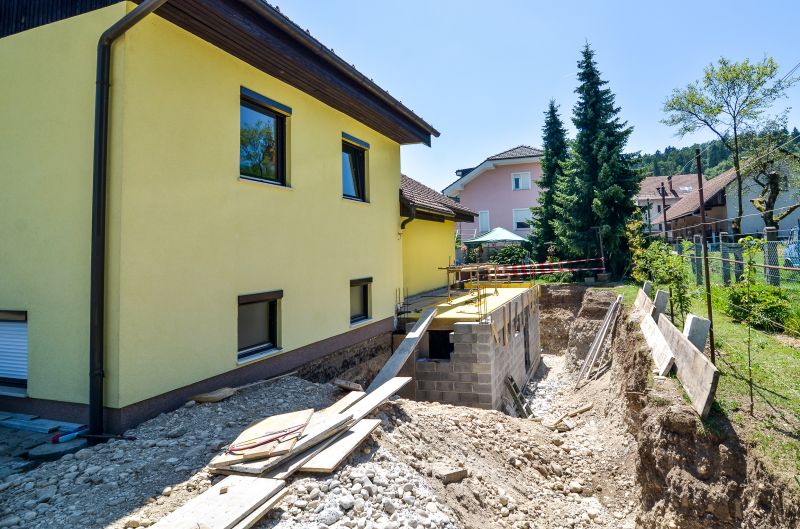
Spring offers moderate weather conditions, making it suitable for foundation work.
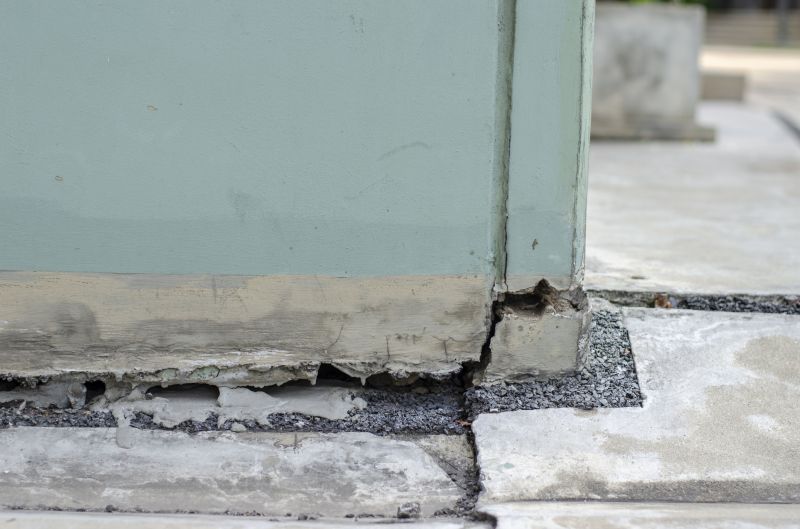
Summer can pose challenges due to heat and drought, but repairs are still possible with proper planning.
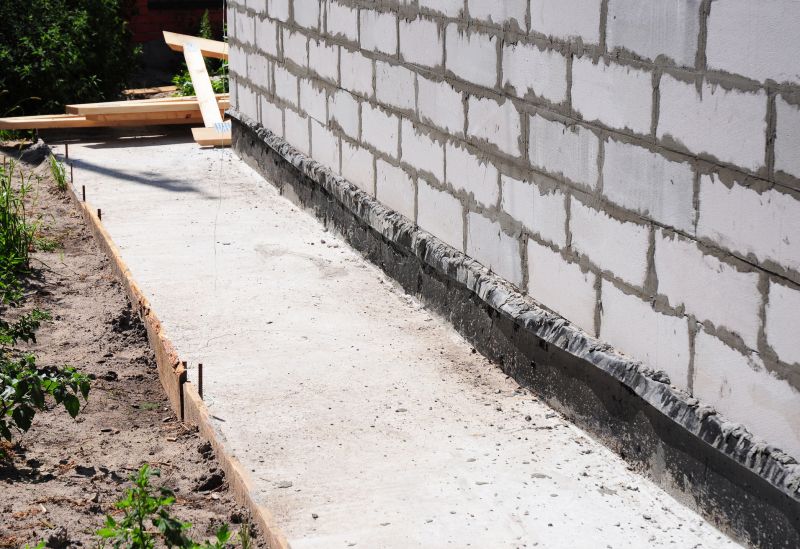
Fall provides cooler temperatures and stable ground, ideal for foundation repairs.

Winter is generally less suitable due to freezing temperatures and frozen ground, which can hinder repair efforts.
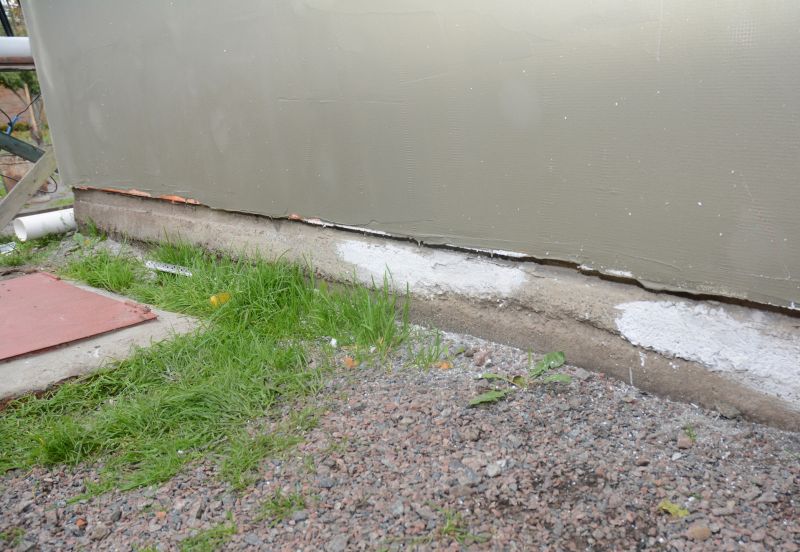
Ways to make Foundation Repairs work in tight or awkward layouts.

Popular materials for Foundation Repairs and why they hold up over time.
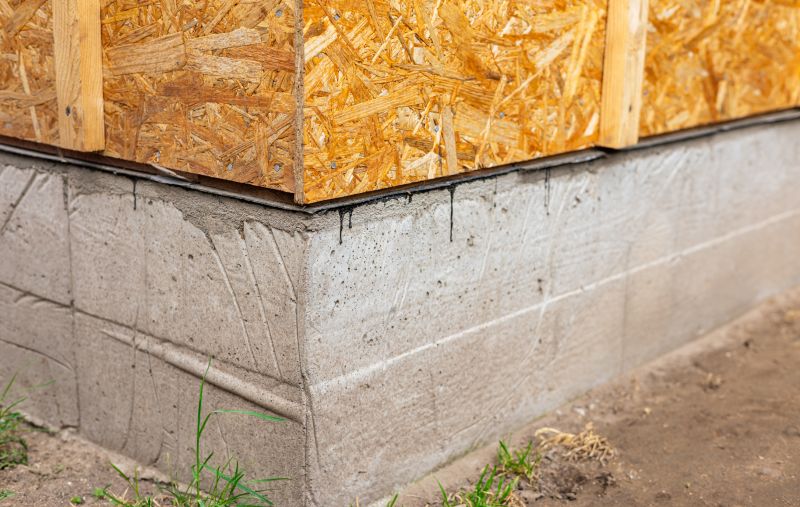
Simple add-ons that improve Foundation Repairs without blowing the budget.
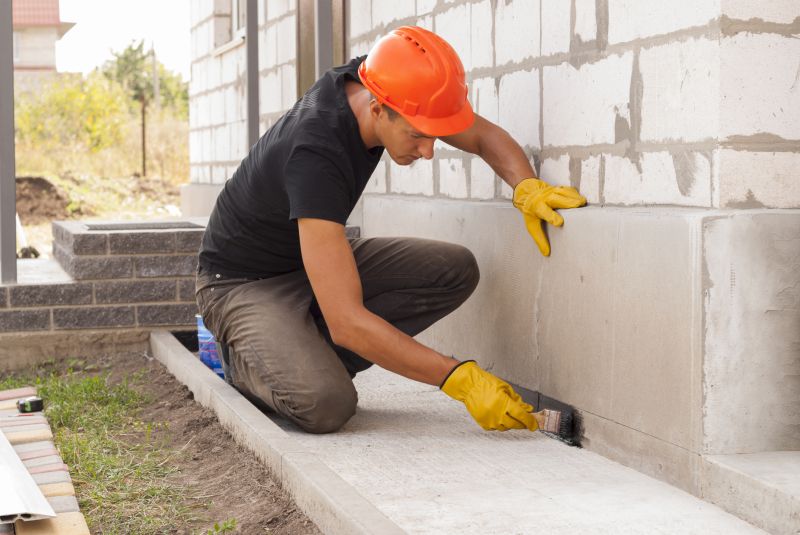
High-end options that actually feel worth it for Foundation Repairs.
| Season | Recommended Timing |
|---|---|
| Spring | Optimal for mild weather and soil conditions |
| Summer | Possible with precautions against heat and drought |
| Fall | Ideal for stable ground and cooler temperatures |
| Winter | Generally not recommended due to freezing conditions |
Foundation repairs are essential for maintaining structural integrity and safety of a property. Addressing issues early can prevent further damage and more costly repairs in the future. Common problems include settling, cracking, and shifting, often caused by soil movement, moisture changes, or poor construction. Proper timing of repairs can enhance the effectiveness of stabilization measures and extend the lifespan of the foundation.

Visible cracks indicate potential foundation movement requiring prompt attention.

Uneven soil compaction can lead to foundation settling and structural issues.
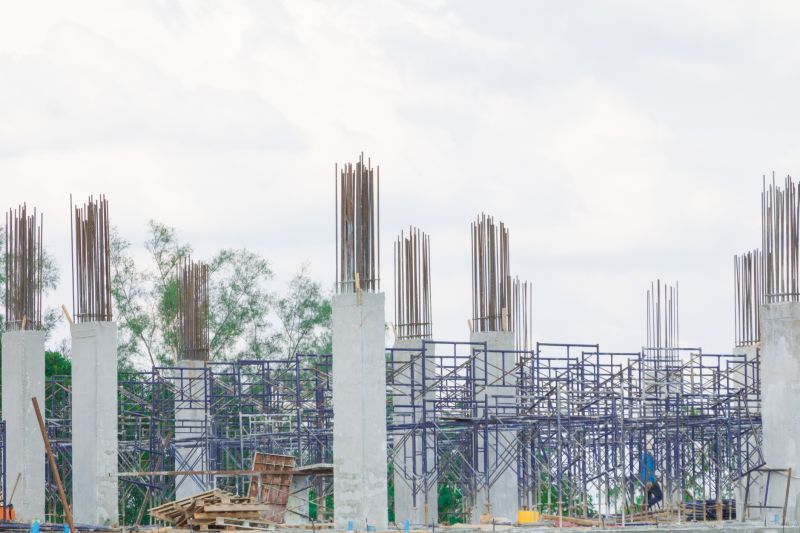
Piering is a common method to stabilize and lift a settling foundation.
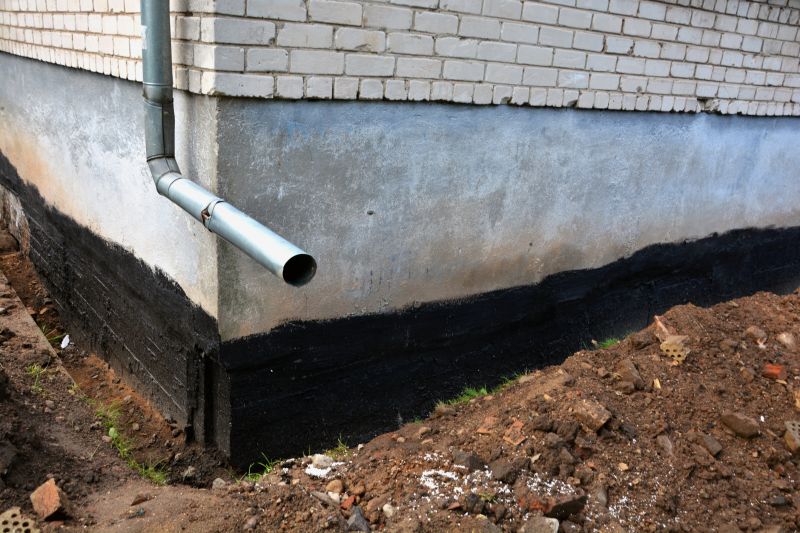
Water buildup around the foundation can cause pressure and damage; drainage solutions are crucial.
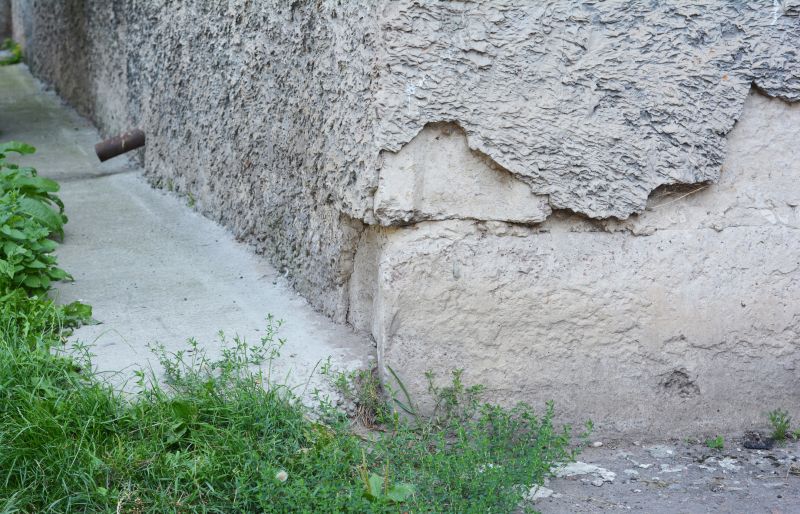
Finishes and colors that play nicely with Foundation Repairs.
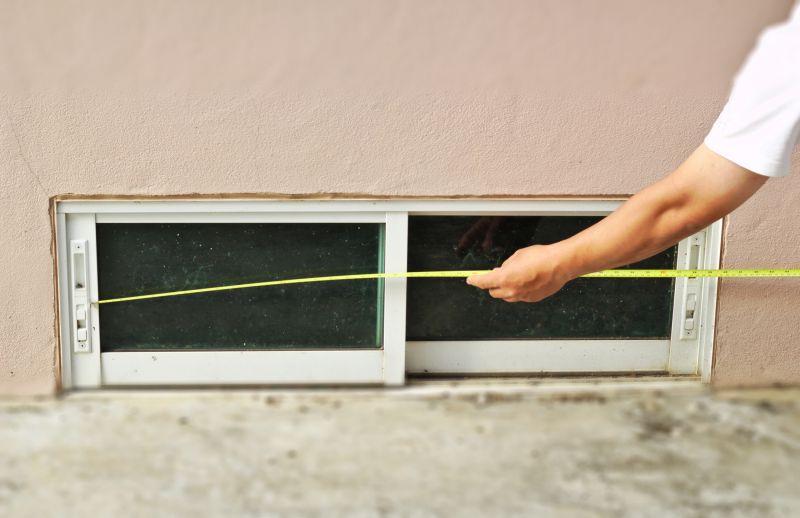
Little measurements that prevent headaches on Foundation Repairs day.

A 60-second routine that keeps Foundation Repairs looking new.

A frequent mistake in Foundation Repairs and how to dodge it.
Timely foundation repairs not only preserve the structural safety of a property but also help maintain property value. Understanding the best times to schedule these repairs ensures minimal disruption and maximum effectiveness. Regular inspections can identify early signs of foundation issues, enabling repairs to be planned during optimal weather conditions.
Cracks in walls, uneven floors, and sticking doors are common indicators of foundation issues.
Methods include underpinning, piering, and slabjacking, tailored to specific problems.
A thorough evaluation by specialists ensures accurate diagnosis and effective repair strategies.
Repair costs vary based on the extent of damage, repair method, and timing.
Interested property owners are encouraged to contact for more information on foundation repair options. Proper timing and professional assessment can significantly improve repair outcomes and property longevity.
